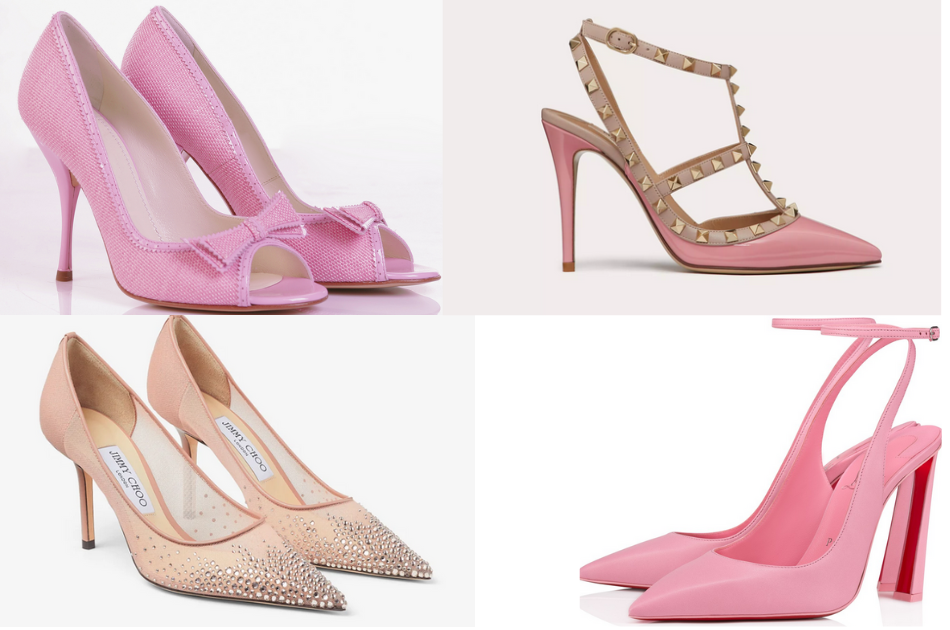Discover Best Japanese fashion trends and unique styles in the sun’s rising season 2024
admin098
- 0
Japanese fashion trends is trending right now. Along with the famous kimono styles used in songs and movies, japanese fashion styles have also contributed to the history of fashion around the world.
Today we explore the uniqueness of Japanese art and fashion from the past, present and future. We also discuss the most popular and newest releases of 2024 from the land of the rising sun.
Table of Contents
ToggleHistory of Japanese Fashion
The history of Japanese fashion has influenced the world for various reasons. Japan’s heritage, culture and riches provide a unique interpretation of fashion while creating their own style.
From the 1850s, when international trade began, Japan became the main source of imported fashion art. Japan has led the world with new styles, designs and materials.
For hundreds of years, Western countries have been inspired by Japanese art, traditions, and culture, leading to research in their arts. A whole different world of unique art, design and clothing. The Japanese are starting to experience foreign culture.
The foremost well-known clothing thing in Japan is the kimono. The straightforward dress has its roots within the Heian period, 1000 a long time back. Although not an ordinary elective, this traditional piece of clothing is worn on special events such as weddings, funerals and tea ceremonies.
Amid the Kamakura period (1185-1333), individuals started to lean toward kimono as every day clothing. That’s when the era of color matching was born. During the Edo period (1603 -1868), kimono making evolved into a specialized art and craft, some of which were masterpieces and could sometimes cost more than a middle-income family. These later caused kimonos to be passed down from generation to generation.
Shortly after World War I, the country embarked on a path of economic and industrial growth. This practice combines architecture, art, technology and fashion to revive and perpetuate the country’s history. They also began to follow the modern path and make it a mixture of eastern and modern culture.
It was a rare thing in the world to see that the Japanese were able to establish themselves as a modern, creative and oriental fireball. This campaign was so successful that Japanese artists and designers began to take over the fashion world. Chisato Tsumori, Nicola Formichetti, Shinsuke Takizawa and Hiroko Takahashi redefine the rules of fashion and invite us to discover the next level of fashion.
Lolita Fashion

Originating in Victorian England as an homage to purity and innocence, Lolita fashion took Japan by storm in the 1990s. In the streets of Harajuku, Tokyo young women express themselves through puffy skirts, petticoats, intricate blouses and elaborate headpieces**. The movement places emphasis on femininity, delicacy and imagination. **
Some key aspects of the Lolita style include:
- Corseted and full skirted dresses
- Frilly blouses with bows and lace details
- Platform Mary Jane shoes
- Oversized hair accessories
Beyond the aesthetics, there is a spirit of fantasy and escapism. “Lolis” can transform themselves into princesses or dolls through their coordinating ensembles. The culture has inspired museums exhibits and popularity worldwide.
Gyaru and Gals Fashion

Emerging in the 1990s, Gyaru and Gals fashion rose to fame depicting teenage delinquents with tanned skin, long nails and platinum hair. Some key differences – Gyaru styles leaned into hyper-femininity and flirtatious dressing. Gals, known as “Gal” took a more casual sporty approach.
Gyaru trends included:
| Style Element | Description |
| Tan lines | Deliberate contrast between tan skin and white areas not exposed to sun |
| Acrylic nails | Long, vibrantly colored nails |
| Faux eyelashes | Thick, dramatic lashes |
| Bleached hair | Platinum or blonde hair |
While tastes have evolved, Gyaru aesthetics still influence makeup, tanning and hair salons across Japan. The freedom of self-expression through alternative looks remains an enduring part of Japanese youth culture.
Visual Kei and Harajuku Street Style

Visual Kei Fashion developed within the 1980s and grasped androgyny, showy energy, and tense design.It is known for bands like Malice Mizer, a movement that focuses on great live performances enhanced by costumes.
In contrast, eclectic Harajuku Street style combines loud colors, unique accessories and novel silhouettes. Popular hubs like Takeshita Dori are a playground for youth to experiment with eye-catching aesthetics. Some standout looks include:
- Multi-colored wigs in wild styles
- Oversized sunglasses and elaborate hats
- Futuristic cyberpunk inspired pieces
- Mixed prints, patterns and textures
Together Visual Kei and Harajuku streetwear exhibit Japan’s penchant for bold self-expression through fashion. Their aesthetic fearlessness influences global style.
Contemporary Tokyo Fashion Trends

Ever evolving, Tokyo runways showcase fusions of past styles with technical innovation. At the forefront is Comme des Garçons, renowned for deconstructing silhouettes and unexpected pairings. They collaborate with Uniqlo bringing avant-garde concepts to everyday dressing.
The rising techwear movement blends function with fashion for urban adventure. Brands like Acronym create weatherproof jackets with pockets optimized for electronics. Pioneering designers like Undercover push boundaries with conceptual collections.
Japan’s future in fashion is bright. Their curious spirit and refusal to conform will inspire globally. With masters like Rei Kawakubo at the helm, each season unveils fresh evolutions of distinctive Japanese vision.
Conclusion
Hope this guide illuminated the daring self-expression and cultural significance of Japanese fashion. From intricate Lolita dresses to pioneering streetwear, their innovative styles stimulate global audiences. The dynamism and storytelling through aesthetics exemplifies what makes Japan a leader in modern culture.

